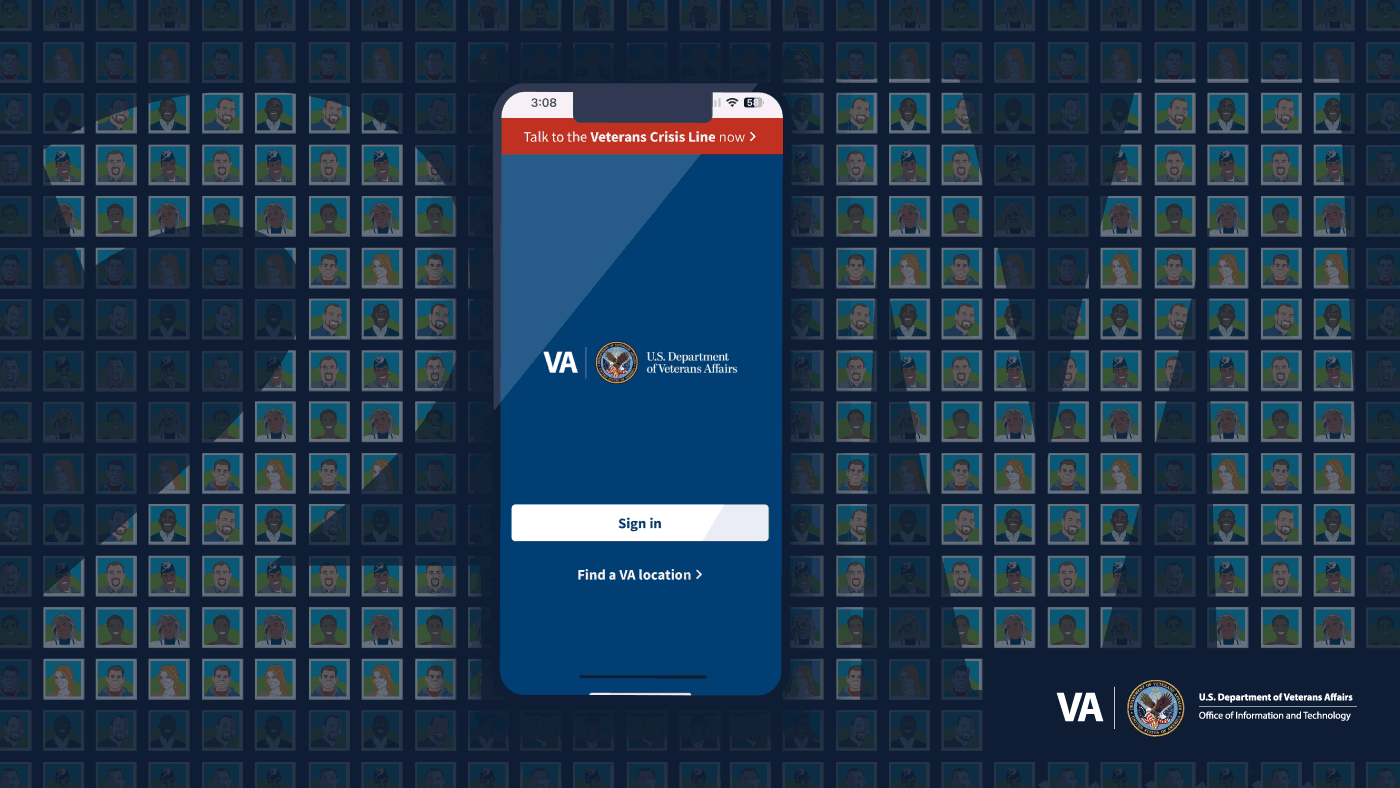Can life insurance be affordable?
The answer is yes. Planning for the future often takes a backseat to the more immediate financial obligations that individuals and families have. VA offers several life insurance options to consider when financial planning.
Life insurance provides important protection from financial loss resulting from death and is often affordable for a wide array of income levels. Having the right policy can provide funds for end-of-life costs, an inheritance for loved ones, or cover some outstanding debts.
Life insurance premium costs vary depending on several factors. Generally, the younger and healthier the person, the lower the monthly premium rate. However, those two factors alone do not paint the whole picture.
So, which factors determine the cost of life insurance?
Type of policy
VA life insurance options are offered in differing types of coverage: term life and whole life. With a term life policy, coverage lasts for a set term (e.g., 10, 15 or 20 years), and only offers a death benefit. Because of the shorter term of coverage, term life insurance rates are typically lower compared to whole life. However, it also provides higher coverage amounts. VA offers term life coverage through programs such as Veterans’ Group Life Insurance (VGLI), which allows transitioning service members to convert their Servicemembers’ Group Life Insurance (SGLI) coverage into a term life policy.
Whole life policies provide coverage for the entire life of the policyholder as long as premiums are paid; and because it builds cash value, premiums are typically higher. VA’s newest whole life offering—Veterans Affairs Life Insurance (VALife)—will launch Jan. 1, 2023. VALife will offer guaranteed acceptance whole life coverage, up to $40,000, to Veterans with any level of service-connected disability. VA’s current offering for service-connected Veterans—Service-Disabled Veterans Life Insurance (S-DVI)—will close to new enrollment after December 31.
Amount of coverage
How much coverage someone selects depends on what they want their policy to cover. If a policy is intended solely for funeral costs, the coverage amount could be less than a policy that is intended to cover all end-of-life costs. A different policy may be appropriate for an inheritance, supporting income to loved ones, or an amount needed to pay off all outstanding debts.
Demographics and lifestyle
Those who are younger and healthier tend to have lower premium rates. The older a person is, or the more medical conditions they have, the higher the rates may be. For most private sector offerings, women tend to pay less than men due to a longer average life expectancy. Many VA Life Insurance programs do not make these demographic distinctions.
Across all programs, VA does not consider gender when determining life insurance premiums, meaning men and women get the same competitive rates. VA’s newest life insurance offering—VALife—will be available Jan. 1, 2023 and has no medical requirements for enrollment. For transitioning service members, VGLI also has no medical requirements for enrollment as long as Veterans apply within the first 240 days of separation from the military.
The provider
All insurance providers have different standards and guidelines that dictate their life insurance rates. This means that for the same type of policy, an individual could receive different rates from different companies, underscoring the importance of looking at several options before making a final decision about which policy to purchase.
Learn more
Veterans, service members and their families can begin their life insurance journey by calculating their needs using the VA Life Insurance Needs Calculator.
To learn more about VA Life Insurance programs—including the new VALife program, which launches Jan 1, 2023—visit the VA Life Insurance website.
Topics in this story
More Stories
The “Increase Your Credit Score” workshop will be a live event with credit experts whose aim is to help you bolster your credit score and financial stability.
Tax filing season has become a popular time for scammers to target unsuspecting taxpayers through multiple communication avenues. VA wants Veterans to remain vigilant against cyberattacks aimed at stealing personal and financial information.
The VA Health and Benefits mobile app is modernizing how Veterans access and manage their health care and benefits information.






